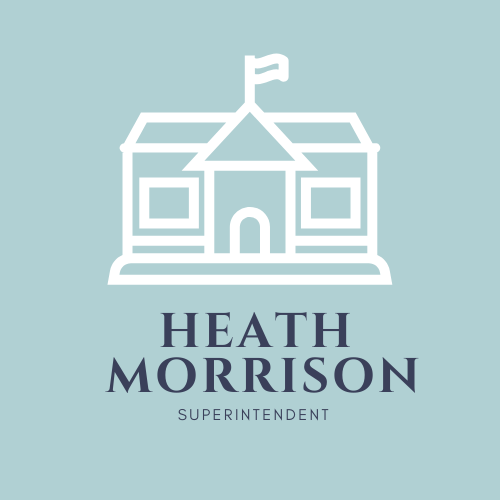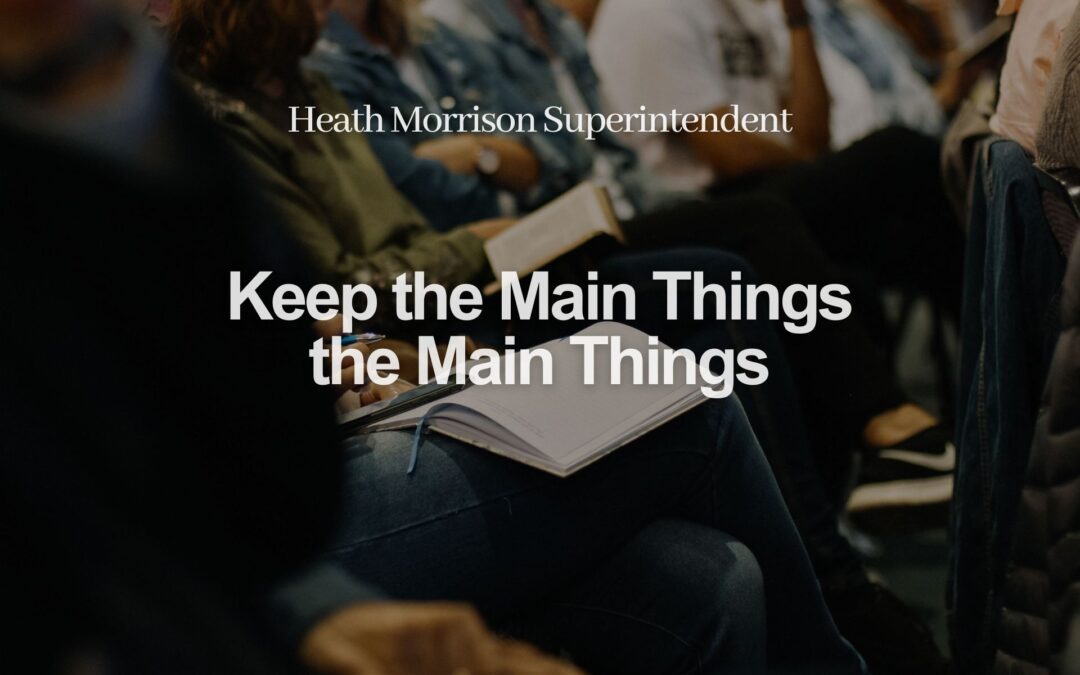It’s always an engaging opportunity to share things that are happening in your district at conferences and workshops. Recently, my board and I were invited to do a session at the state school board conference on proactive messaging and authentic public collaboration. I made a comment, one I have shared several times, about what the public tends to care about in education. Many attendees asked for me to share this portion of the presentation to a broader audience; so I’m using this space as another forum to honor those requests.
School districts are large, complex organizations and have many ways that their success is measured and their opportunities to improve are viewed. Because of this, many districts create strategic plans that have over 20-30 goals and report out many areas of accountability to their stakeholders. Each district has to honor what it’s particular community expects, but extensive research suggests that the overall public tends to prioritize three focus areas of accountability for school districts: academic performance for all students, safety for students and staff, and being good fiduciary officers of taxpayer dollars.
The public genuinely wants to know if students are learning and performing at high levels. Parents and stakeholders also want to know: Is the district closing achievement gaps? And, is the district preparing students for not only college but highly skilled careers. So, one focus area may have many key performance indicators. But, sharing how the district is trying to meet the academic needs of every student is a huge community expectation for superintendents and boards.
Even before the community cares to hear about how children are learning they want to know the school district is doing everything possible to keep students and staff safe. This has always been important but in a world of Sandy Hook, Parkland, Uvalde and so many other tragedies befalling schools, it has become the most important focus area. Keeping the public aware of all of the things the district is doing to reduce potential harm to its schools is always welcomed and appreciated.
And, the public cares about how districts spend their money. If citizens have students in the school system, they want to know where the dollars are going to ensure their child is receiving the best education possible. Many taxpayers don’t have students in the schools but they still want to know that the money being allocated is not excessive, and being used as efficiently as possible.
So, that may lead some to ask, “should a strategic plan only have these three focus areas.” In my view, it depends. Strategic plans and organizational goals have to address the context of the community being served. While the first three goals of my current district’s plan are centered around academic achievement, safety and fiscal responsibility, we have two goals focused on human resources and collaboration/ transparency with the public. These two goals were a direct result of my entry plan and listening to the feedback about the areas of our school district that needed to improve the most. Hence, adding them showed we were listening and being responsive to our public.
School districts are complex, and so it’s easy to load up on multiple goals. Just remember the saying, “if everything is a priority, nothing is a priority.” Centering your plans and goals on overall academic achievement, safety and being excellent fiduciary officers of taxpayer dollars allows leaders to keep the main things the main things with school accountability.

